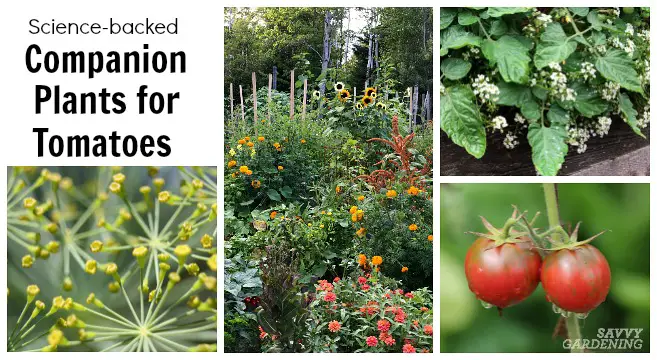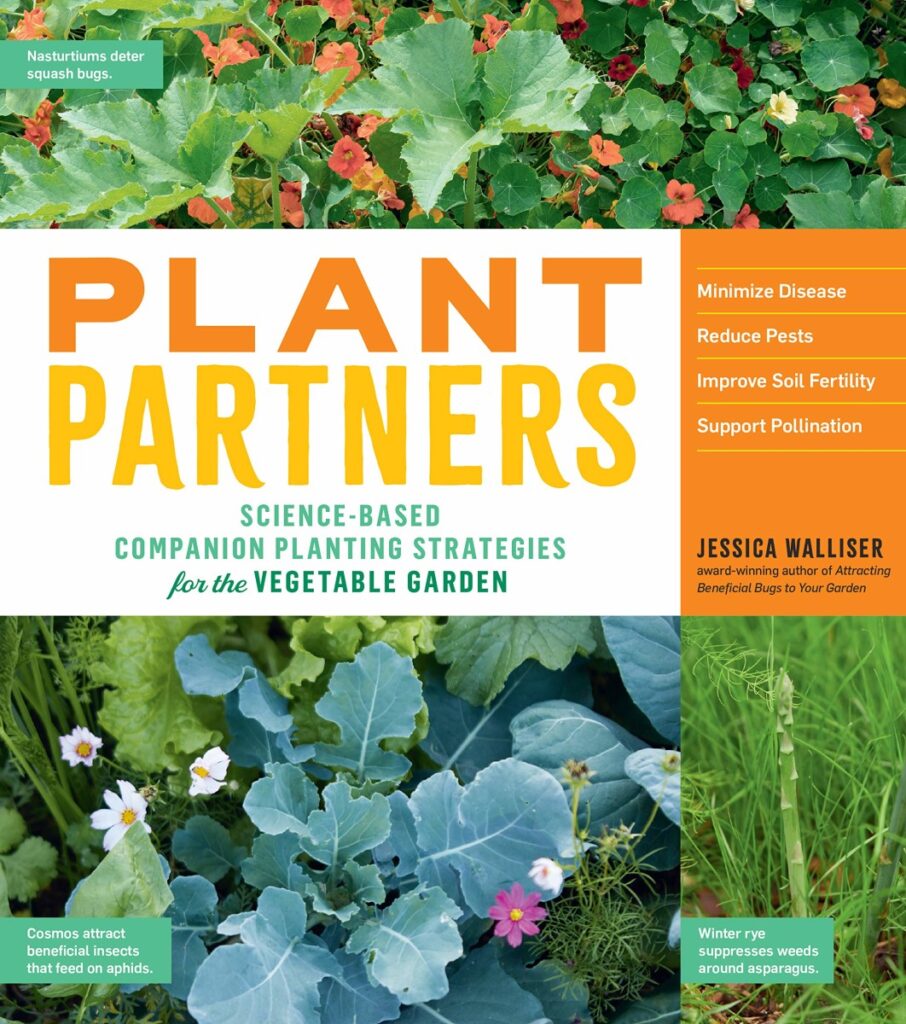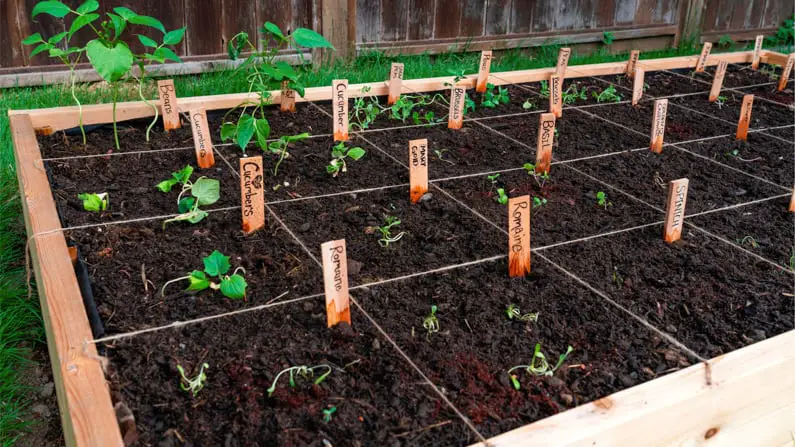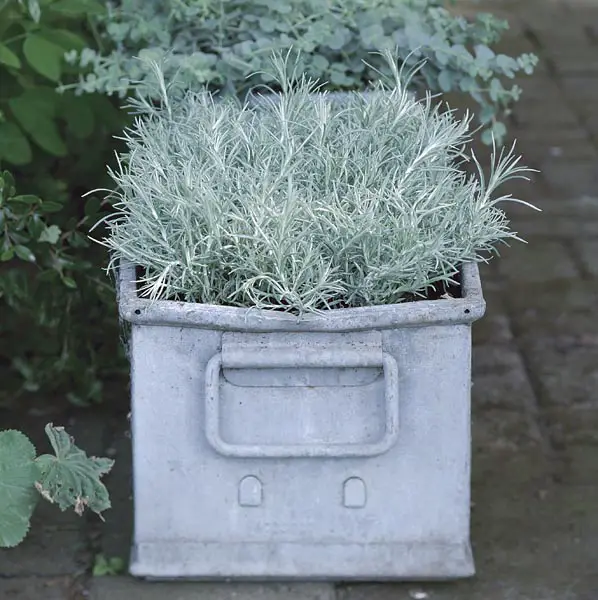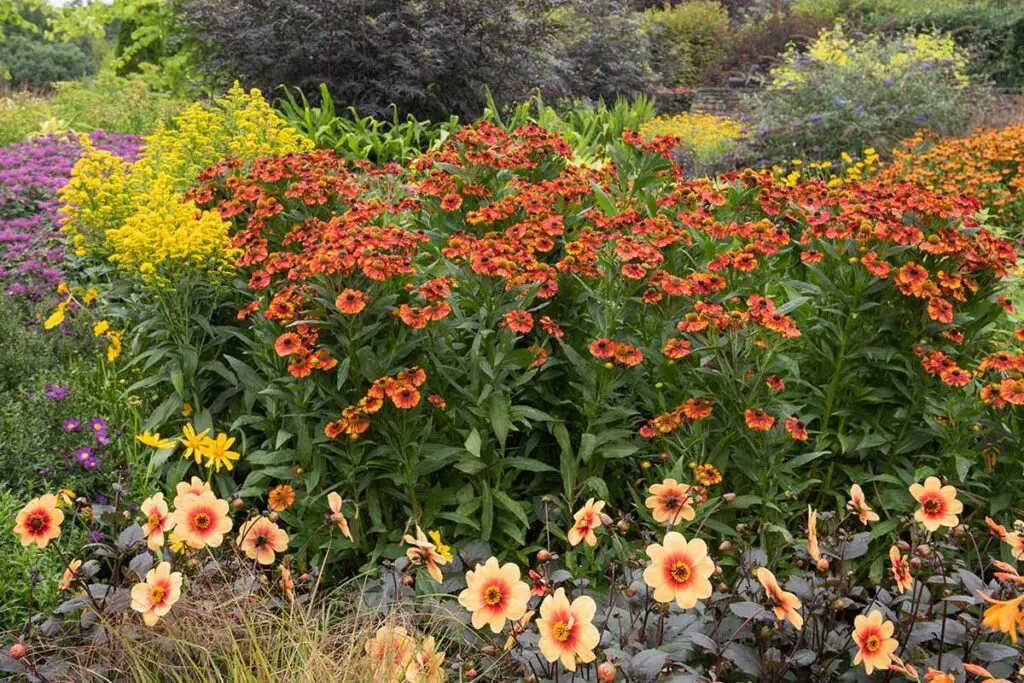What Plants Should Never Be Planted Together
It is important to keep in mind that not all plants mix well when planting together. For example, broccoli and tomatoes should not be planted together because they are both susceptible to the same diseases. Other “bad combinations” include beans and onions, cabbage and tomato, cucumber and potatoes, squash and pumpkin, lettuce and spinach as ...

